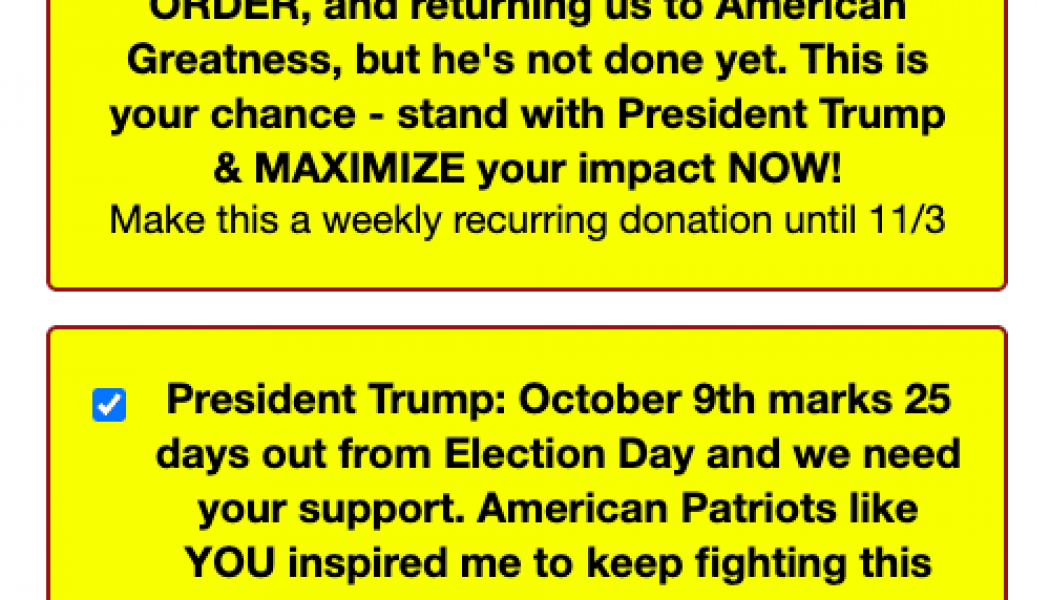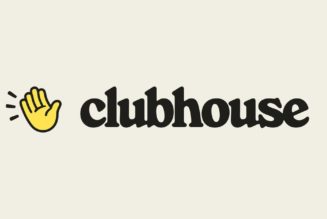When Donald Trump won the 2016 presidential election, he didn’t stop asking his supporters for money. The emails kept coming in. But by the end of his four years in office, according to a new report in The New York Times, they had begun to look an awful lot like a scam.
By June 2020, the Trump campaign had begun using dark patterns, computer interfaces designed to trick users, to automatically sign up campaign contributors to donate far more money than they had intended — recurring monthly donations, recurring weekly donations, even a one-time surprise “money bomb” — by pre-checking the checkboxes for each option, burying the fine print under paragraphs of bold text, and forcing his supporters to wade through it all and opt out if they wanted to make a simple donation.
Here’s how bad it got as of October, according to the NYT:
:no_upscale()/cdn.vox-cdn.com/uploads/chorus_asset/file/22419046/oakImage_1614036252373_jumbo.png)
One Kansas City supporter who donated $500 saw his account tapped for $3,000 that month. Another realized their $990 donation had become $8,000. Banks and a major credit card company told the NYT that processing fraud claims for WinRed, the conservative fundraising site processing these payments, had started to become a significant percentage of their daily workload. A Trump spokeperson admitted at least $19.7 million worth of its transactions had been disputed. And those are just from people who bothered to dispute the charges.
There’s far more in the full story, like how WinRed pocketed $5 million worth of payment processing fees from those who asked for refunds, but the good news is that maybe, just maybe, people are finally waking up to the dangers that dark patterns pose.
California just passed a landmark privacy bill banning dark patterns last month. Washington state is attempting one as well. Sens. Mark Warner (D-VA), Deb Fischer (R-NE) and Rep. Lisa Blunt Rochester (D-DE) planning to reintroduce the DETOUR Act in the next congressional session, according to our sister site Recode — and Recode spoke to acting FTC chair Rebecca Slaughter about her plans to address dark patterns as well.
In the meanwhile, you’ll find dark patterns wherever you look on the web, perhaps nowhere more prominently than the privacy warnings you’ll find on every website you visit these days that attempt to warn you about the cookies they collect, in order to comply with EU privacy laws. In far too many cases, there’s no obvious way to opt out of any data collection whatsoever — instead, there’s a nice bright button that you can press to just give up your data and move on.
UX designer and consultant Harry Brignull coined the phrase “dark patterns” in 2010. Here’s the guest post he wrote for us in 2013. And if you want to laugh and cry at the same time, I highly recommend playing the free online game User Inyerface, a master class in dark patterning and horrific UI design.










